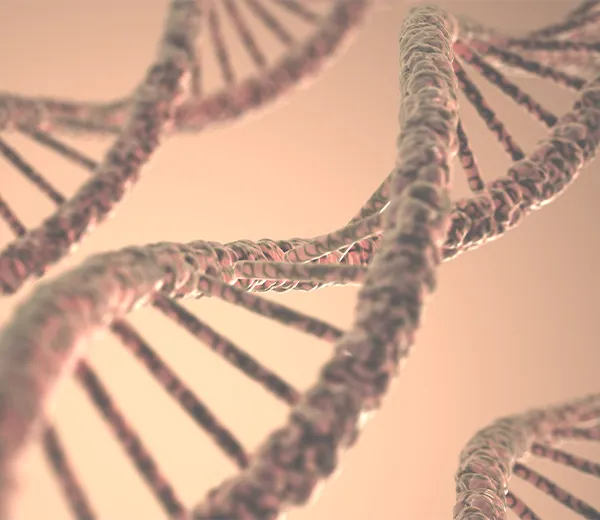Basic Understanding Atherosclerosis: The Formation, Growth and Rupture of Artery Plaque
In today’s health-conscious world, we often hear about the importance of vascular health, exercise, and a balanced diet. But there’s one condition that continues to silently threaten lives —atherosclerosis, the build-up of plaque in our arteries. As a vascular surgeon, I’ve seen firsthand the dangers this condition poses, and how crucial it is to understand its development, diagnosis, and prevention.






